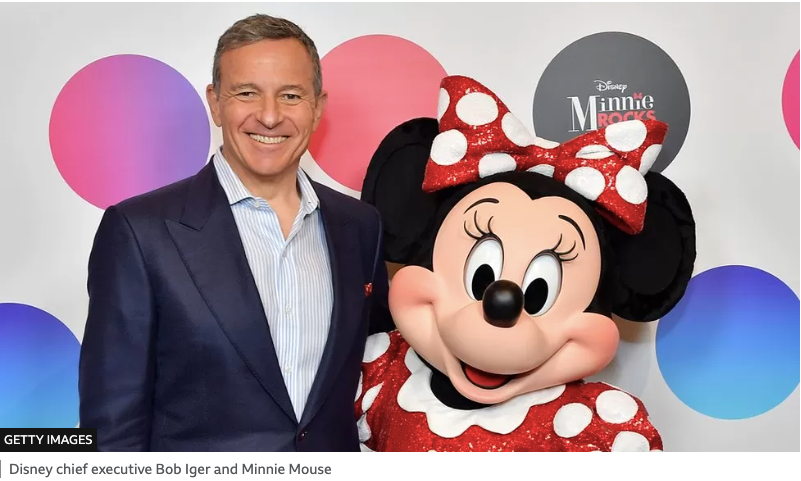Why a Pricing Support Network is Vital to Your SaaS Organization's Success
Navigating the intricate world of pricing in the SaaS industry is akin to embarking on a voyage through ever-changing seas. In this dynamic landscape, where adaptability and insight are paramount, a robust pricing support network becomes not just beneficial, but essential for personal and organizational growth. Here's why cultivating such a network can spell the difference between stagnation and success in your pricing strategies.
1. Successful pricing transformation requires cross-functional perspectives
Research shows that pricing transformations that prioritize cross-functional collaboration result in more effective adoption of pricing.
In the ever-evolving SaaS landscape, successful pricing transformation goes beyond isolated decision-making. Collaborating with experts from various business functions (product, revenue strategy, operations, finance, marketing, sales…) ensures a holistic approach, driving effective adoption and impactful pricing strategies.
2. SaaS is a dynamic market that requires regular attention
Research shows that 94% of SaaS leaders update their pricing at least once per year.
The dynamic nature of the SaaS market demands continuous adaptation. Regular pricing updates are essential to remain competitive and responsive to customer needs. A pricing support network keeps you informed, enabling strategic adjustments to stay ahead in the dynamic SaaS landscape.
3. Successful pricing models can be complex and risky, especially without prior experience
A recent poll suggests that only 40% of XaaS leaders had practical pricing experience when asked to build their company’s model.
Successful pricing models can be complex, and there is significant risk of churn and ARR loss when not designed correctly. By leveraging a pricing support network, SaaS leaders gain access to expert insights, minimizing the risk associated with designing and updating complex pricing structures. This collaborative, expert-led approach contributes to the development of resilient and effective pricing models.
---
In the rapidly evolving realm of SaaS, where innovation and competition drive success, the significance of a pricing support network is undeniable. From facilitating cross-functional collaboration to mitigating the risks associated with complex pricing models, such a network offers invaluable insights and guidance. Monevate's commitment to providing this essential support through The Cube underscores the importance of community and collaboration in shaping effective pricing strategies.
Join The Cube today at monevate.com/the-cube and embark on a journey toward pricing excellence.














